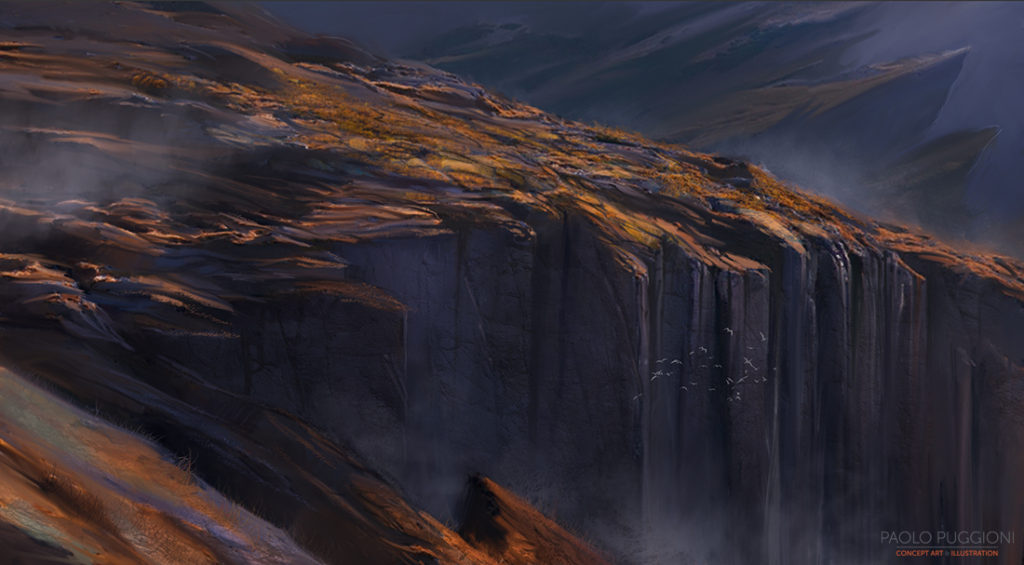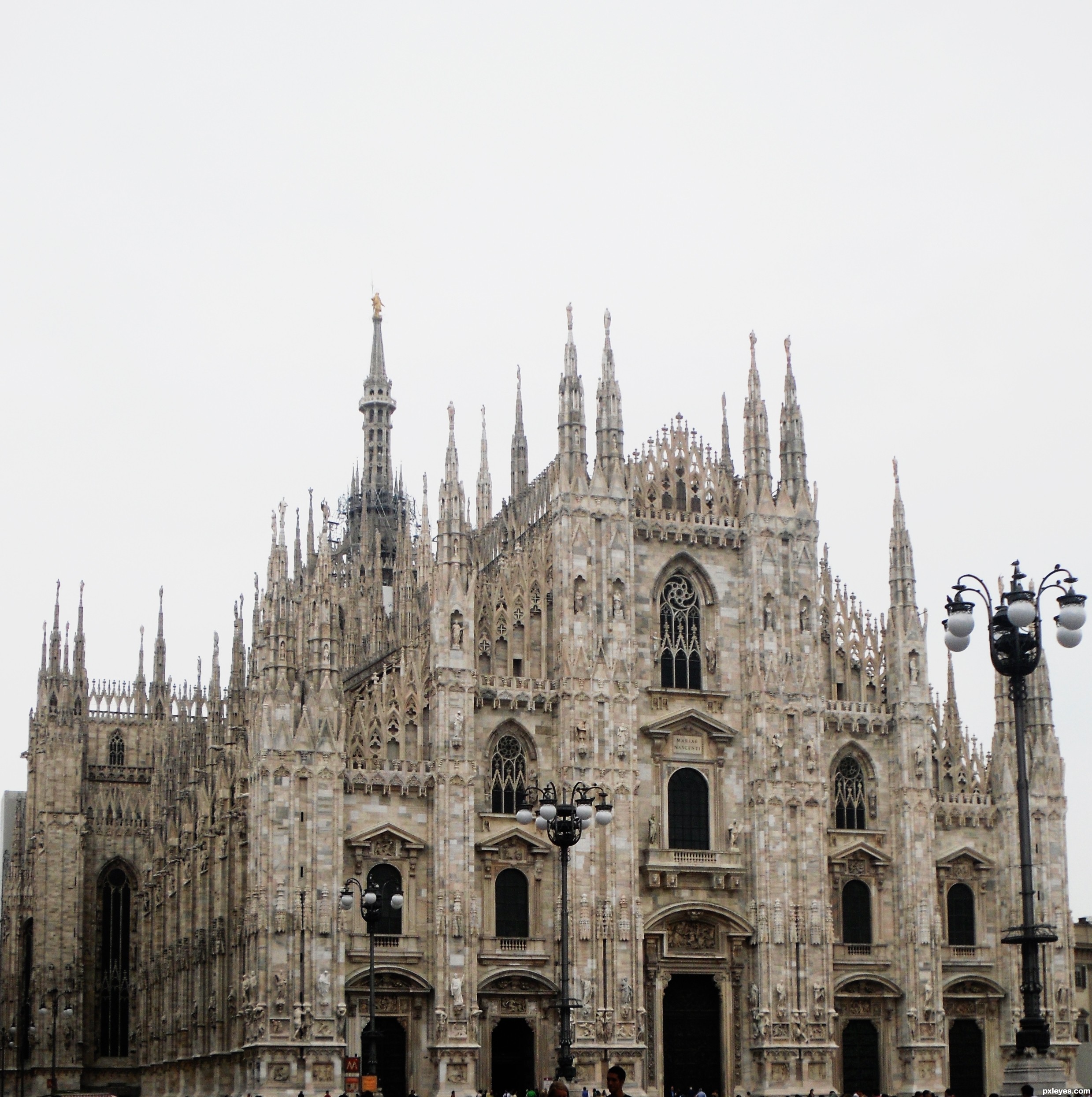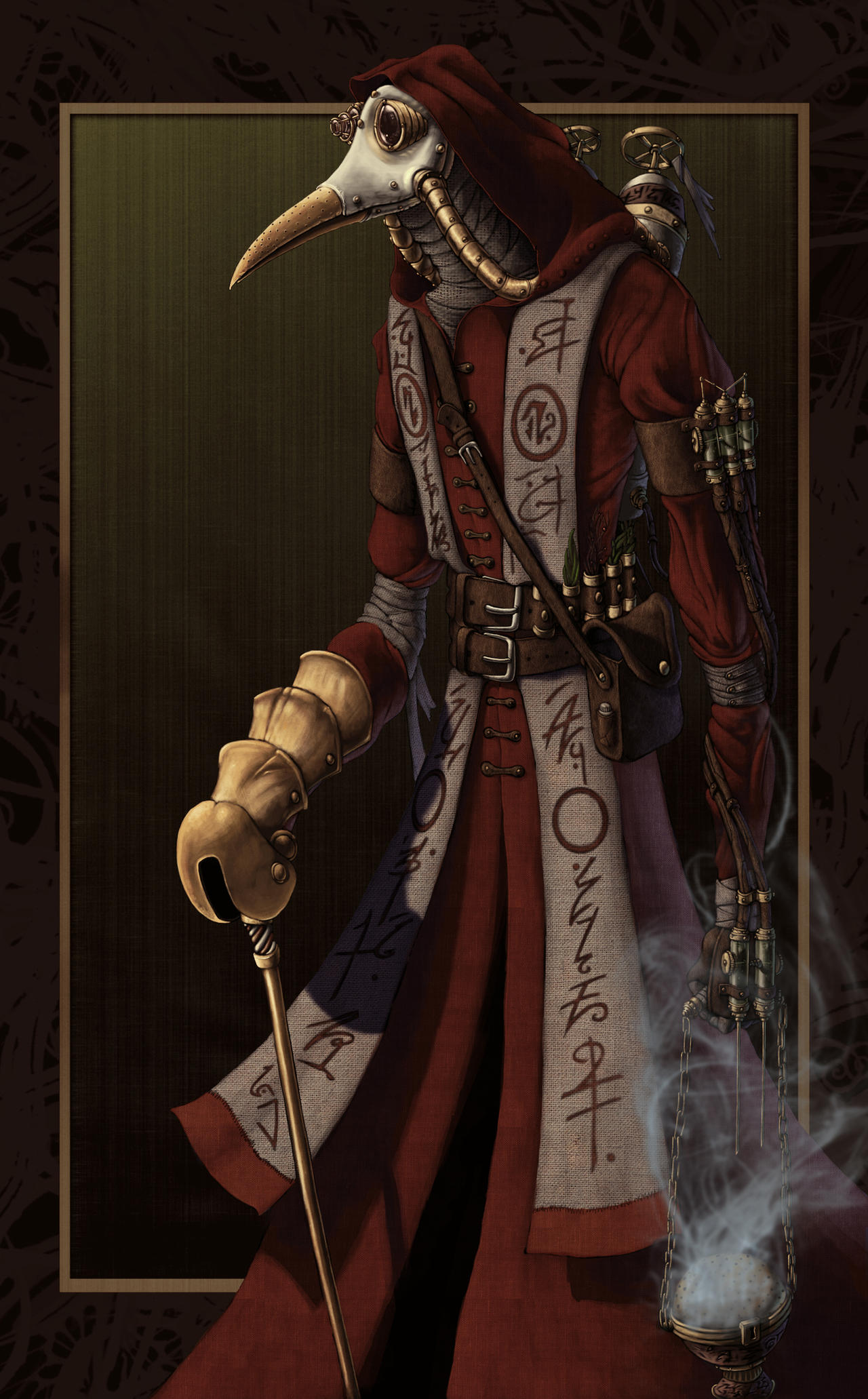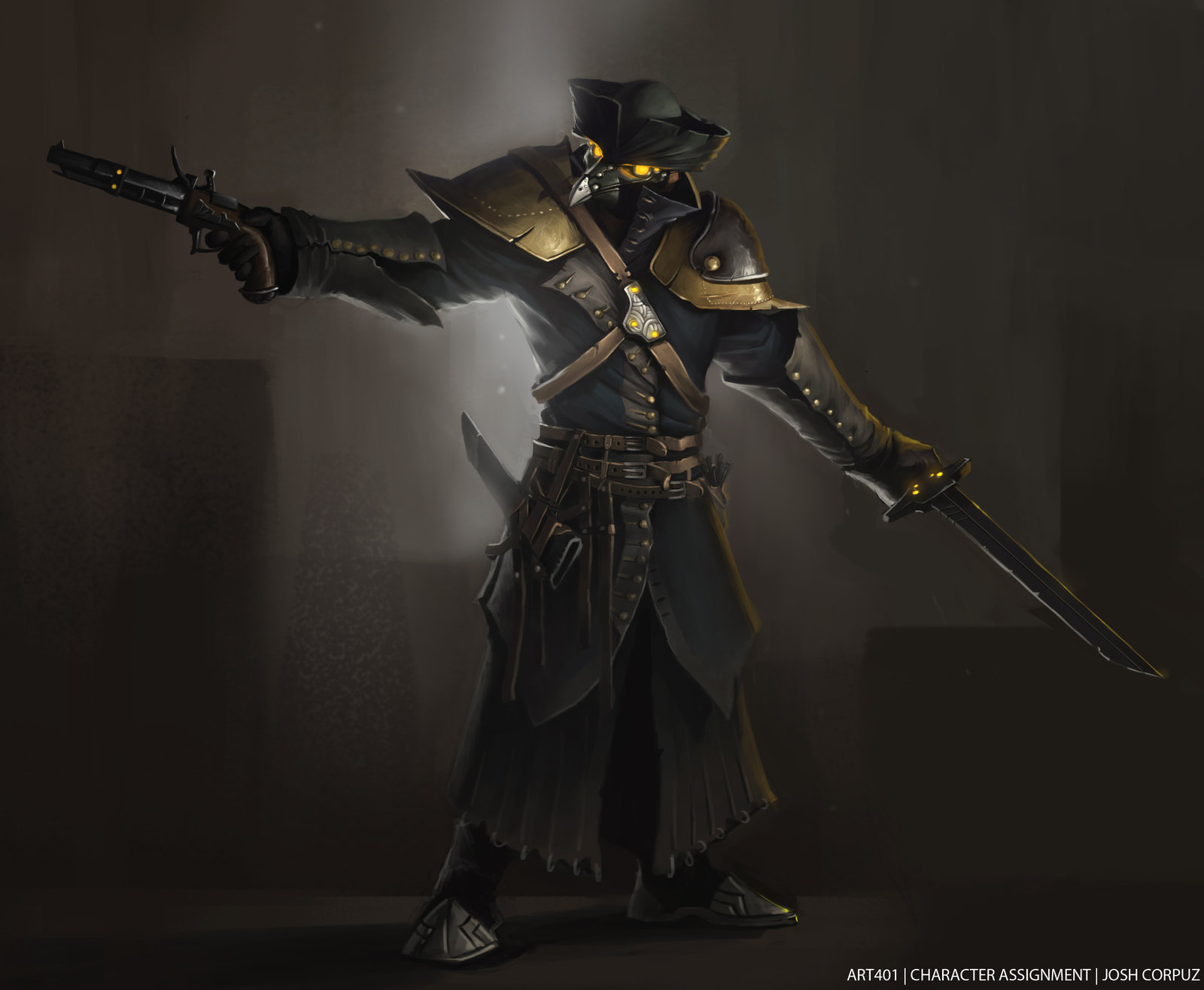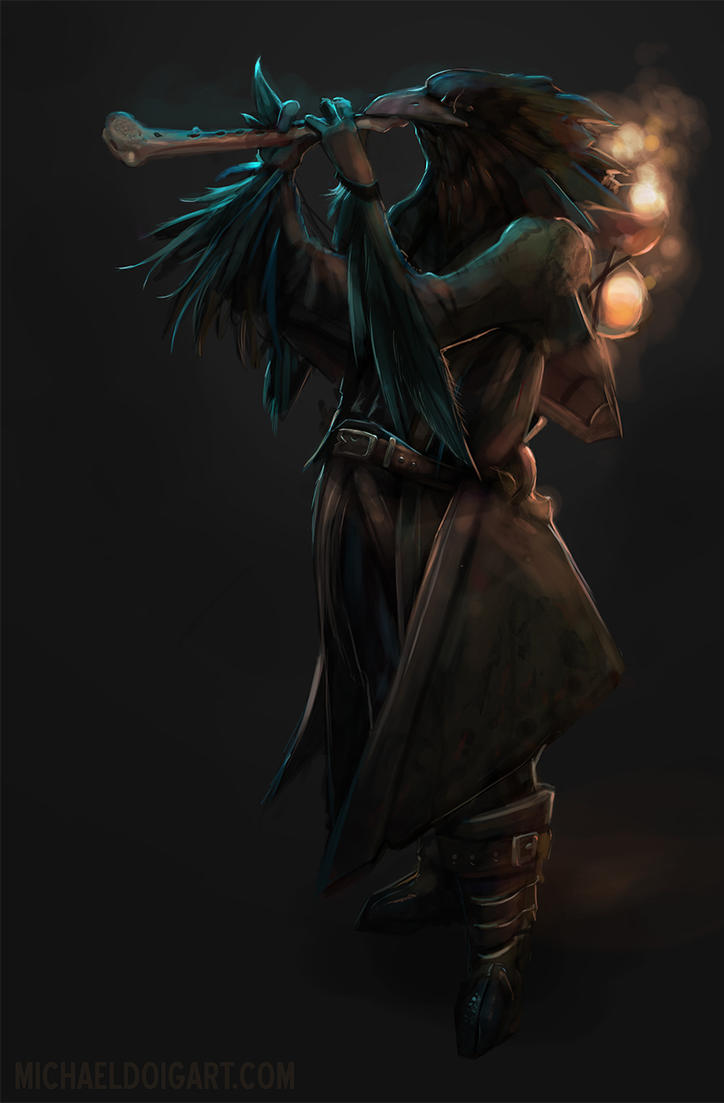- Joined
- Mar 4, 2014
- Messages
- 1,782
- Reaction score
- 524
The Tawle
Sidenote: None of this art is mine. Belongs to their respective owners.

A Tawlian specimen in peak fitness. Males and females, Airn and Aln, look similar. The Aln, however, possess much smaller wings that are normally amputated by age 20, and are slightly stockier in build.
Sidenote: None of this art is mine. Belongs to their respective owners.

A Tawlian specimen in peak fitness. Males and females, Airn and Aln, look similar. The Aln, however, possess much smaller wings that are normally amputated by age 20, and are slightly stockier in build.
Name: The Tawle. Flightless majority subspecies = the Aln; Flight-capable minority subspecies = the Airn
_________________________________________________
Biology: The Tawle are genetically and biologically similar to the Fosh, as they have evolved into a similar humanoid form, with five-fingered, clawed hands, and tridactyl, flayed feet ideal for gripping onto surfaces and agile sprinting. They stand at an imposing height, at an average of 1.8-2 meters tall. However, their bones are hollow, allowing for flight, but also for fractures and breakage, especially where they are largely uncovered by muscle (the wings, shins, etc). Their musculatures, being of avian stock, are well-developed, with the untrained of their species having strength that is slightly above average compared to a human. They also possess wings on their backs. The Airn possess large, fully functional wings, while those of the Aln have become smaller and vestigial. Both subspecies also live out the same approximate lifespan, on average around 100-110 years.
Gender-wise, females and males differ internally as most mammalian species would, and males are usually taller and have a slightly stockier build than the females. However, since females often have muscular bodies naturally and don’t possess breasts, a female can easily be mistaken by an outsider as a smaller male.
Overt effects of genetic mutation are relatively common. Instances usually result in differing eye hues, beak colors and/or shapes, or feather colors, the most common mutations resulting in splotches of grey or brown clouding the otherwise fully black feathers a Tawle would normally possess. The rarest of these mutations result in a completely white Tawle, considered as divine by both cultures. Albino Tawles also seem to possess a powerful attunement to the Force, and often become great priests/shamen, depending on what subspecies they were born into.
Their most significant feature is an organ located at the exact center of gravity in their bodies, which scientists on the Tawle planet have called Velthenn. Off-world scientists have given them a more accessible name, magnephiles. These spherical balls of what appear to be a highly polar organic substance synthesized with functional groups containing heavy metals has the intriguing property of putting a Tawle in contact with a planet’s magnetic field, which was primarily used for the use of flying in the heavily magnetized air of their homeworld. By producing, maintaining, and instinctively or consciously controlling an organic magnetic field created by the magnephile, they can use the inherent magnetic field of sufficient strength of any planet to fly. They are also useful conduits when manipulating the force; part of both the Airn and Aln Force Traditions involve the manipulation of the magnetic field surrounding the planet to produce effects in the world around them, which relies just as much on that curious organ as the Force itself.
However, not all planets have a magnetic field strong enough to sustain Tawle flight, meaning on smaller, less geologically active planets, it is not an option. Also, if the magnephile is maimed deeply enough or removed from a Tawle’s body, death ensues within minutes as control of the body is lost entirely, akin to the effects of a massive seizure. Though it has a hard consistency which makes it rather difficult to harm unintentionally, even slight damage can cause hallucinations, seizures, arrhythmia, hypo or hypertension, acid reflux, and breathing difficulties. It is thought by most that the magnephile commands the regulatory system that controls unconscious processes within the Tawle body, but even Tawle scientists are still somewhat baffled by it.
_________________________________________________
Subspecies: There are two branches of subspecies: the dominant subspecies is the Aln, who prefer life on the ground and whose wings have become smaller and vestigial, and the Airn, the minority, who still utilize the skies as their domain and are fully capable of flight. Their genetic makeup and physiology have evolved only in a marginally dissimilar fashion, and their main differences involve their culture and lifestyles, which will be explained further.
_________________________________________________
Sentience: Fully-developed
_________________________________________________
Breeding: Mating for both subspecies of the Tawle, like most avian species, begins with a dance of courtship. For the Aln, this dance is set to music, and is carefully choreographed at first, each movement symbolizing a deeper level of commitment. However, the couple will often lose themselves to passion as the music accompanying the dance reaches its peak, sealing a lifelong bond (it should be noted however that it is statistically more difficult for Aln to find a match, due to their antisocial and independent tendencies. Personal preference can at times overrule biological imperative). For the Airn, the dance is more instinctive and takes place in the air, ending in a trademark maneuver where the couple stops in midflight, wrapping their wings around themselves and plummeting towards the ground until at the last possible second they break away. According to the Airn tradition, the length of this final phase will predetermine the success of the mateship. Unfortunately, due to this belief, couples have died trying to make it last as long as possible, but the practice continues despite the inherent dangers.
After a couple consummates and a gestation period of anywhere between 30-35 days, the female gives birth to one egg, or rarely, two. The eggs are usually of a light brown hue, spattered with black freckles. The eggs are then incubated in specialized chambers (or at times by the parents themselves) for around nine months before they finally hatch. Like humans, children are then taken care of until they have reached full sexual and mental maturity, both parents feeding their children by regurgitating excess, partially digested food stored in small pouches in their esophageal passages into their mouths until they are capable of eating food by themselves. Tawle go through the first signs of puberty at around 16 years of age, with full sexual and mental maturity reached at about 25. Independence from parental guidance is reached at the age of 20. Young adulthood is reached at around 35 years of age, middle age is considered to be reached anywhere between 60 and 70, and finally, old age is attained at 100 years of age. Any Tawle surviving after the age of 120 are considered elders and quite venerable, though 130 is almost always the uppermost limit to a Tawle’s lifespan.
__________________________________________________
Strengths
- Airn subspecies is capable of flight on sufficiently magnetized planets
- Intelligent
- Fantastic imitators/students of language and other sounds
- Physically imposing and stronger than the average human.
- Aln are independent, creative thinkers; Airn have a powerful instinctive desire to maintain a strong communities among their kind.
- Bones are easy to break.
- The maiming of the magnephile is a death sentence.
- Both subspecies are fanatically devout to their religions.
- Aln government has a tendency to be quite corrupt, as do the selfish tendencies of their people in general.
- No Tawle is an exceptionally good team player unless they learn how to be one.
Diet: Due to the relative scarcity of habitable land on their home planet and their scavenger heritage, they have evolved to eat almost anything. Berries, nuts, insects, lizards, mammals, fish (though scarce due to the lack of above ground water), other birds, and even certain leaves are all on the menu. In the savage time before the Schism, cannibalism was even practiced (though only on rare occasions in wars between tribes), where “organs of power” such as the heart and brain were indulged in. Only the sacred Tu’Wale bird is off the menu due to it hosting their ancestral roots, and for the Airn, housing the divine form of the Great Wind.
_________________________________________________
Behavior/Temperament: Both subspecies usually possess a grave countenance, seemingly at all times. However, this is largely due to their non-malleable beaks and their asocial tendencies. Despite their tempered behavior, they truly come into their own when they are left alone. A Tawle’s domicile is usually filled with their favorite things and trinkets they collect on their journey through life, especially trophies of their personal victories. They also tend to undertake creative projects by themselves, many of which do not reach completion due to their inability to easily share personal endeavours with others.
The degree of individuality expression and controlled behavior depends on the subspecies. The Aln, who glorify individuality via their religion of Awtlaw, often allow for wildly varying personalities to be exhibited. However, only a select few can be described as outgoing, despite this acceptance of difference. Though their environment is open, they still tend to keep to themselves. Aln Nationalism, following the customs and spiritual path of Awtlaw, the needs of one’s nuclear family, and perhaps the necessity to work together on a collective job to earn a wage are truly all that keeps them together.
Airn are considerably more bound to their communities. But even then, they are only to their clans and tribes. At heart, they still bear the mindset of the lone scavenger birds they came from. Loyalty is still being learned within their culture, and some Airn do go off to live lives alone, especially Force Sensitives seeking to get closer to the Great Wind, becoming hermits.
However, friendships that do form are treasured all the more powerfully due to their scarcity and depth. In both the Aln and Airn cultures, such friendships and their participants are termed Thümntreti (Thümntret, singular). Literally translated, it means "heartbound." In fact, the Awklatyl word for friendship and marriage are the same thing, differentiated only by an added prefix when additional specificity is needed. Betrayal of such friendships is tantamount to ripping one’s soul in half for the Tawle, which is part of the reason why they tend to live in emotional isolation. Making such friendships constantly would ruin their meaning, not to mention that for the Aln, an excess of commitment would lead to losing sight of oneself, the divine individuality that they seek so desperately.
_________________________________________________
Communication: Both subspecies speak the same language, Awklaytl. As beaks make it difficult to form certain consonants conventionally, the words of the language are largely formed from the throat, punctuated by harsh, cutting consonants and shrill screeches. Since their ancestors, the Tu’wales, were quite masterful at imitating noises, using the sounds of certain things of importance as a means of rudimentary communication, the Awklaytl language often consists of mild moments of onomatopoeia. The word for “brook,” “creek,” or “stream” in Awklaytl has numerous clicks in it, for example, an imitation of water running over rocks. And the colloquial names for animals are often named after the sounds they make.
While vocabulary differs slightly amongst the two subspecies, usually resulting from the differences of perspective between the two, the pronunciation and grammar systems are mostly the same, making communication with each other somewhat stunted, but easily possible without translatory aid.
Their history of imitating sounds has also made them, with the development of a higher-functioning brain, excellent language learners, which is why the Airn and Aln languages barely differ.
__________________________________________________
History: The Tawle, according to their records, began as a unified species after evolving from native scavenger birds known as Tu’Wale (similar in appearance to crows, though they are about the size of vultures). As most early cultures do, they lived in a tribal system, with a naturalistic religion that appointed spirits and deities to every living and nonliving creature and concept they encountered. The tribes that composed the proto-Tawle civilization even had patron deities, using symbols from nature as their crests. Above all was the High Mother of these minor deities, the Great Wind, often depicted taking corporeal form as a motherly, loving Tu’Wale bird. And the Great Wind’s adversary, the God of the Earth, Shael, was taught to be her opposite, the embodiment of evil.
The tribes also shared a deep force tradition that involved calling upon the spirits of the deities surrounding them in a shamanistic fashion. While by no means as refined as the way of the Jedi
For an entire species to share a religious system, of course, seems to be a recipe for unity from the start. However, due to their lands being squashed between a small ocean to the west and south, a near impenetrable jungle to the north, and inhabitable volcanic plains to the east, they were constantly fighting for food, water, territory, and the honor of their clans. This warring and the independent attitudes of the Tawle kept them from forming the major civilizations characteristic of a sentient species’ early development. They didn’t do much more than throwing rocks at each other, perhaps creating short-lived alliances between clans that fell apart at the slightest hint of insult. That is, until an event the Aln call the Epiphany, and the Airn call the Fall. During the rare time the two subspecies talk to each other without pecking each other’s eyes out, this event is called a more neutral name: The Schism.
Out of the ever-shifting Tawlish political landscape, two powerful tribes had gathered their strength and taken dominion over the north and south halves of the Tawle homeland. A combination of opportunistic, strategic conquering and the formation of key, though begrudgingly-made, tribal alliances had created two massive conglomerates. Only months after they had achieved the formation of their respective confederacies, the two agreed upon a preset date of battle. It was to be the first and last great battle that rocked the species. And indeed, as both armies, tens, perhaps hundreds of thousands strong met on the volcanic plain that was to become legend, things were set to change. A massive loss of life was imminent, yet the species was never so close to finally uniting under one banner. The stage was set for the Tawlish civilization proper to emerge from the ashes. Until fate’s mercurial hand intervened.
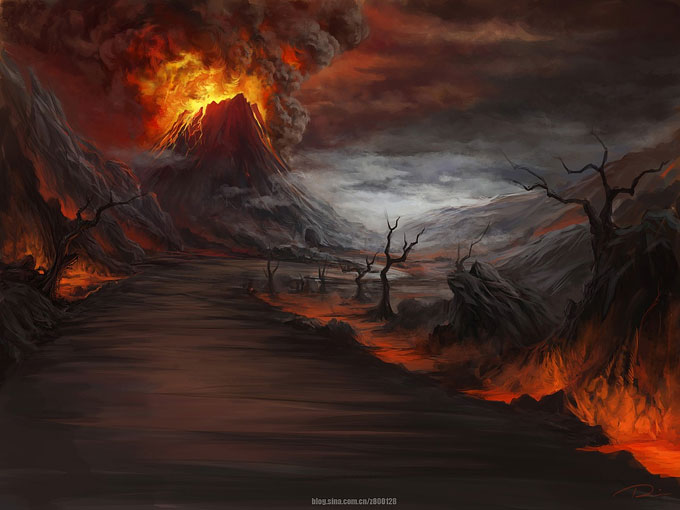
Modern-day view of the ancient battleground before what is now known as Mount Shael. This is now a holy site of the Aln people, and a temple has been built within the volcano.
As the two tribal confederacies sounded their great horns of war and rushed to clash at the center, the ground and even the air itself began to quake with unheard of ferocity. The Tawle were no strangers to the danger of seismic activity, and often stayed in the air to avoid it. But the earth-shattering force that rocked the battleground that day was unheard of before or ever since.
Soot poured from what was once thought to be a dormant volcano, blackening the skies. Thunder lanced from the growing cloud previously dormant volcano just on the edge of the eastern volcanic plains erupted with such force that it caused the entirety of the Tawle homeland to quake. Rock and lava blasted through the once-pinhole-sized opening at the top of the angered mountain, coalescing into a formless cloud. Lightning and thunder lanced to the ground, harsh streaks of white crackling loudly through the air, all embellished with the constant tumult of the very earth itself before and beneath the awestruck sentients.
And to top it all off, the mountain spoke.
The exact wording of what was said is a closely guarded secret of the Aln priest caste, and to them it is considered the greatest treasure of the Aln people, fit to be read only by those (priest or non-priest) who have cleansed themselves, followed the path of Awtlaw to the letter, and passed a spiritual test of inner strength. But the general gist of the mountain’s words, which became the words of the god Shael, are known by every Tawle, even the Airn, who treat them as honeyed temptations from the mouth of a demon.
What was certain about that day was that it split the Tawle on another line: that of spirituality. The united faith of the Tawle was shattered, as many warriors and their families took to life on the ground to commune with the holy words of Shael, while spiritual elders and the unshaken of the lot, an understandably small minority, treated Shael’s appearance as a gilded lie and continued the lives they had been attached to for so long. Those who took heed of Shael’s words became what is now the nation of the Aln, and those who maintained their faith in the long-established god, the Great Wind,
An opportunity for unity instead led the species into another great, millennium-long war. Only interrupted by short ceasefires and truces between the Aln and Airn, the latter of which had been forced into the equatorial jungles to the north. Whenever the two subspecies managed to reach some sort of common ground, a mishap or diplomatic blunder on either of their parts, combined with the incomparable power of religious hatred, continually kept them in a deadlocked stalemate; one that only broke when a Duro expeditionary team discovered their homeworld. Currently, initial contact between both subspecies is being undertaken by the Republic and the Jedi, the former interested in the vast mineral resources the planet possesses, while the latter sought to utilize the Tu’wale’s rich force tradition as an asset. The Sith have also noticed this planet, however, due to its proximity to the Sith-Republic border, and seek to stake a claim on it.
Indeed, the centuries-old conflict seems only ready to escalate with the addition of new actors and the pressure of a fully-modernized world surrounding them. But only time will tell what happens next.
________________________________________________
Planet: In-Progress: Tawline: A very seismically-active border planet between the Border Worlds and the Sith Brotherhood, it is covered with active and dormant volcanoes, along with desolate, ashen, grey plains devoid of visible life. However, it has small segments of lush fertility, one of which is where the Tawle civilizations are located.

Tawline. Pockets of liveable areas are surrounded by vast areas of volcanic wasteland and ocean.
Technology: A lack of experience working with heavy metals, combined with recent outside influence, created a strange conglomeration of technology that is both advanced and primitive at the same time, a combination of both the pre-Industrial and post-Industrial. Ranging from flintlock slugthrowers to exquisitely efficient geothermal energy generators, most technology has stemmed from their homeworld’s natural advantages, or necessity. Both subspecies use similar technology, but it is the dominant Aln who are on the cutting edge of most everything due to the excess manpower they place in R&D.
In terms of energy, power plants located in geologically active sites use the heat generated by the planet itself (of which there is an abundance, due to the sheer amount of geologic and volcanic activity). The Tawle have become extremely adept at utilizing geothermal power, to the point where its efficiency rivals even fully modernized energy sources. Though the Tawle nations are nowhere near fully industrialized, electricity, heat, and power in general has been provided to both subspecies, even in the tribal huts of the Airn. Also, the potential of fossil fuels as a portable fuel source, leading the way to rudimentary sources of locomotion, has recently been discovered by Aln mining operations.
Weaponry, however, is at best passable, and at worst archaic. Having never created great machines of war like some cultures have, Tawle weaponry has currently reached a halt at the discovery of saltpeter and gunpowder. Flintlock rifles, pistols, bows and arrows, and mechanical repeating crossbows are a common armament seen with soldiers of both the Tawle subspecies. The Airn, however, have taken gunpowder to the next level, using it in creating primitive shrapnel grenades, firework-like rockets, and other explosives. Their flying units often carry large, aerodynamic satchels filled with them, using them against buildings and personnel, essentially becoming rudimentary bomber-class aircraft.
Due to the unreliable nature of these unmodernized firearms and explosives, however, combat is often fought at melee range. The massively volcanic nature of the planet allowed for large buildups of obsidian, which was in turn used by both subspecies to forge deadly weapons to fuel their constant skirmishes against each other. Though obsidian wasn’t as strong as metal, its extraordinarily sharp, cutting edge was noted by both Aln and Airn to be incredibly useful. However, any blades larger than that of an arrowhead or a small knife would have to be cumbersomely thick in the center to prevent the integrity of the blade from collapsing. The Aln (and the Airn, through a bit of piracy) began to rectify this problem as they learned the secrets of mining, taking strong metals from within the earth and forging them with obsidian to create light, sharp melee weapons, ranging from swords, to javelins, to small throwing knives and discs. Adding in the slight bit of metal content also made their weapons magnetic, synergizing with the properties of the Tawlian magnephiles to create weapons that homed in on their target. Anything that could be thrown close enough to targets could then hit their marks almost without fail.
While science has advanced in terms of medicine, healing is often left to the Aln priest-caste and the Airn shamans. Their Force traditions have a heavy focus on ritualistic healing, channeling the energy of the earth or air respectively to slowly but surely nurse the sick back to health. The Aln scientist-caste has only recently discovered germ theory, and even now their methods of treatment are used very little, only in the most dire of circumstances.
The Aln’s greatest strength technologically, and a strength lost upon the Airn, is working the earth. Great strides have been made in mining and farming technology. Though not modernized to the extent of the rest of the galaxy, the processes of both have been made quite easy by heavy focus on these areas of engineering.
Architecture for both subspecies is still substandard. The Airn mainly live within thatched huts, unless an Aln building is captured for their use, and the greatest Aln buildings can be compared to Renaissance-era European architecture. A significant marker of the uniqueness of Aln architecture is their liberal use of sharp, thin, pointed spires upon their buildings, used to deter Airn from landing upon the roofs of their most important public centers.
_________________________________________________
Notable PCs: None Yet
_________________________________________________
Intent: First of all, for anyone really freaked out about the fact that this write-up is a bit large, I started this a year ago in my free time. It was only finished now, especially since I left the site temporarily around the time I started this. I plan to have this species hopefully involved in a war of contention for the vast mineral resources that are practically untapped on its planet, as well as with its struggle to meet galactic standards and match up technologically. Essentially, a mission pack for indies, Jedi, the Republic, Sith, whoever wants it. Even in general it’s a fresh, new world with new people and lore, and a treacherous environment to explore to boot, to bring life to the site. It also provides a grounded starting point for people looking to RP as something other than a Human/near-Human species, something different but still relatable enough to enjoy. Finally, I wanted to create an avian species that was both aesthetically pleasing and had a rich culture behind it, as many of the avian species I've seen on Wookieepedia had some history, but not a truly deep development.


